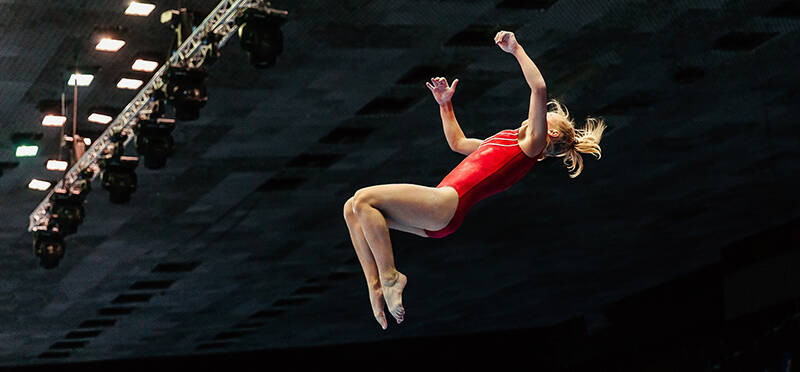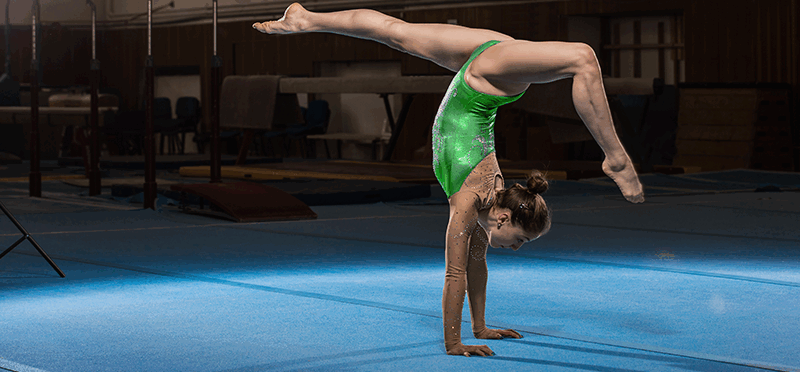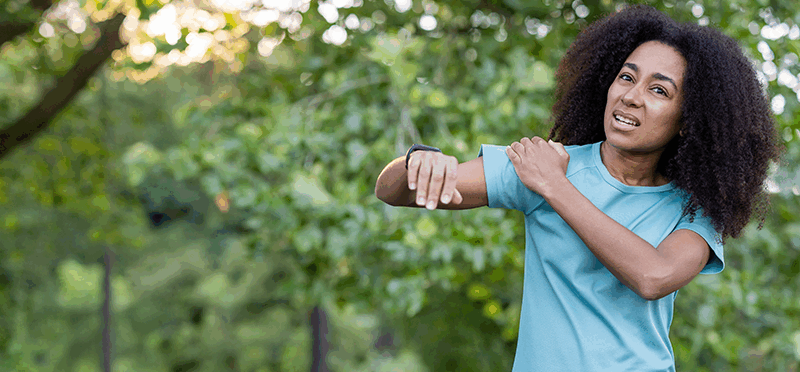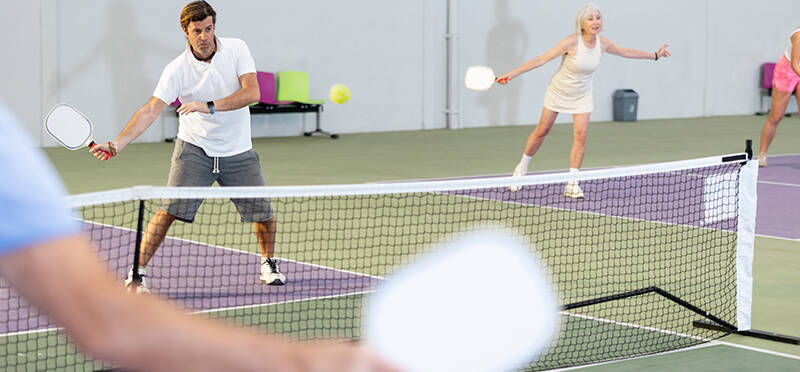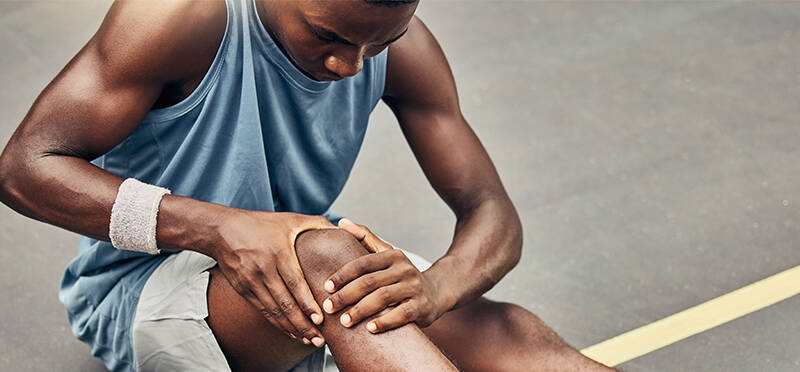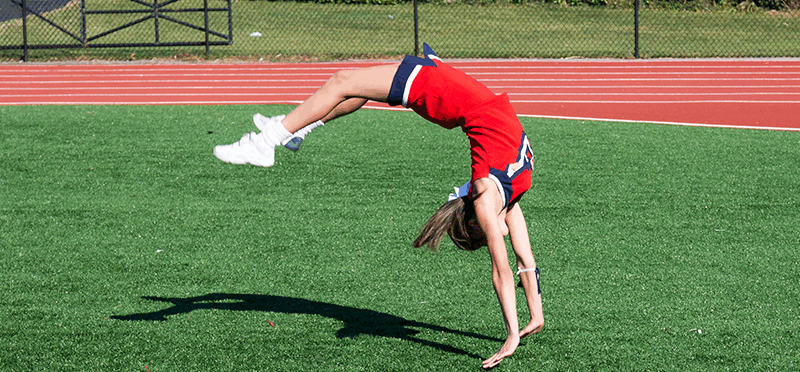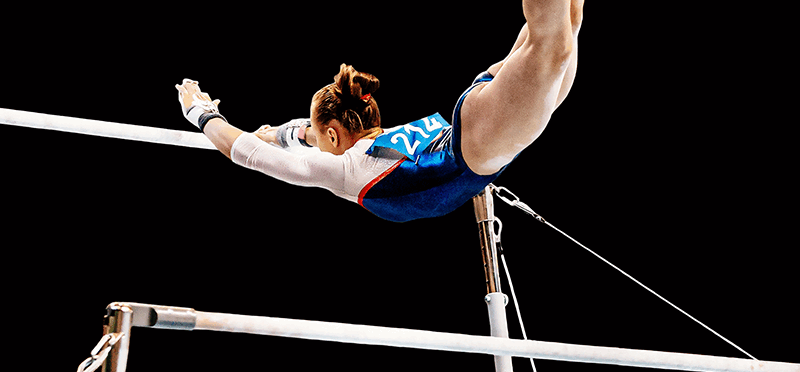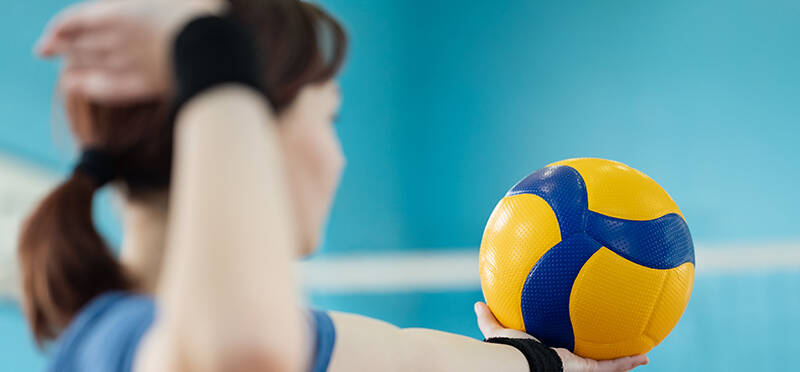How To Stick the Landing: Landing Mechanics Training for Gymnasts
Posted on September 27, 2024 by Ashley R. Kelley, PT, Cert DN, AIB-VRC
The Olympic Games have a special way of bringing increased interest, awareness, and excitement to the sport of artistic gymnastics....
(more…)




